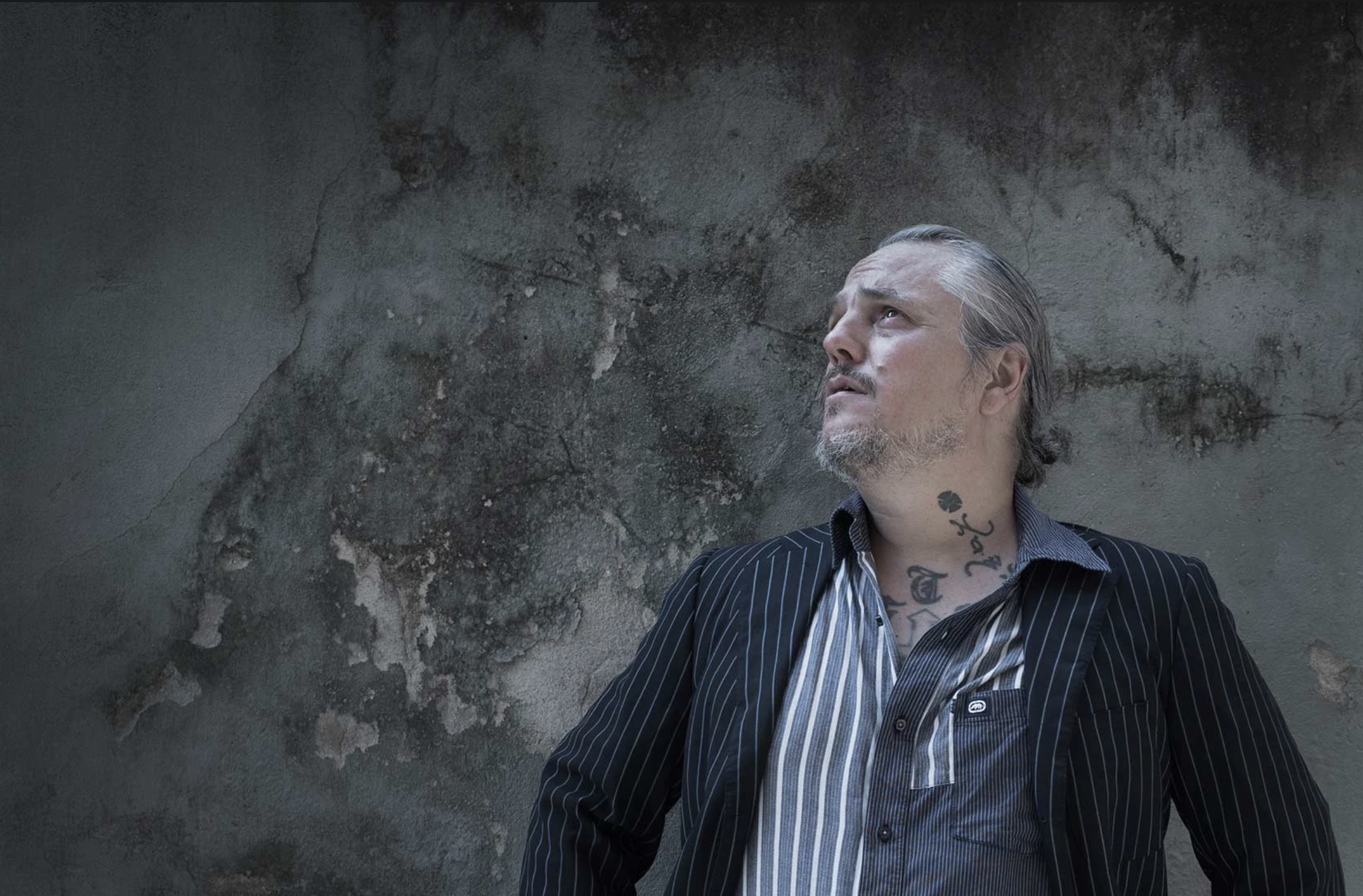Andrea Skatto has been in the textiles world for about 3 decades, developing fabrics collections, mainly into denim, flats & shirting for a variety of suppliers worldwide, and working to find marketing solutions in Italian, European and Chinese markets.
He has worked with companies like The Bonazzi Group/ Montebello and Tessilbrenta in Italy, La Panama flats, and C.C.CLUB/ Pianeta Tessile, again flats and outerwear fabrics. In Turkey and with Calik Denim for 7 years. Besides Arvind mills, Fifth Avenue and SuryaLakshmi Azgard 9, Naveena in Pakistan, Brandix, Foison, etc have been part of his clientele in his long career.
Among brands, he was hired by Diesel -Italy to renew their denim fabrics choices and currently works with the Italian brand H.T.C ( HOLYWOOD TRADING CO.).
He loves to take care of all processes in a mill, from choosing raw materials to yarn sizes study to actual fabrics with a special focus on chemical finishes.
We thought about taking his views on various aspects of development in the industry today and he shared some of his ideas.
Q. Andrea, what changes do you see in the retail market of denim and flats post covid? Do you see strong positives or even negatives?
A. – Denim is still doing pretty well, as is the sale of fabrics and garments that I see currently.
Flats need changes. Positive on flats, it can happen if mills start to not just follow the big buying group, they need to get Brands designers interested with new ideas, using different yarns and finishes. Today I do not see many innovations.
Since the times the Italian suppliers practically disappeared, no one really takes this market and its product study as it should be. The real innovations, I feel, are amiss.
Q. – You have a long experience in denim fabric structures and compositions. Do you want to highlight anything important for the same?
A.- To have interesting, saleable, and usable structures mills need to use a higher number of shafts as possible with rapier looms. Normally all denim makers work max with 8 shafts. We could take as an example the geometrical shirting type of designs reported in denim. I always see too many ugly structures.
Again, mills should work on new yarns and versatile looms to bring out good designs.
Q.- Brands are also looking to differentiate themselves among their fabric suppliers based on their own requirements. How important is this for suppliers?
Brands are also looking to differentiate among their fabric suppliers, based on their own requirements. Can you share some examples which show how their respective functioning and requirements are different?
A. – I always believed, through my experience, that SUPPLIERS should differentiate themself, finding the “hot spot”, as, what their CLIENTS would like to buy.
When I started my career in Italy, we did create tendencies of FABRICS which were almost never asked by clients. We worked mainly with Brands. Then the huge retailers arrived, with their price requirements, quality, ultra-fixed deliveries, penalties, etc. The game changed.
We need as fabrics makers to work more and better in developing what we are good at. From raw materials to yarns, to fabrics, finishes, and presentation, all must be reseen, thinking about better margins through new products, new researches, that will allow suppliers to get and keep retailers vivid interest, that brings better sales of what is considered Basics Fabrics as well.
Q.- What trends do you see in both flats and denim in the next 2 years?
A. Flats can and will gain a lot if they let us work…and it is easier than designing garments.
Covid itself calls more to the protections of nylon or other technical fiber, but even 100% cotton can have a gore-tex Infinium coating, as an example.
Denim unless we build mills with relatively more versatile looms and use more finishes, I cannot see huge progress in the long run. Kids live different lives everywhere, they don’t even know most of the huge denim brands still around that were big in the 90′, after that it has been big retailers, but not much of brands.
Q.- Since you have worked with so many mills and brands, what do you think is the key today for mills to get more traction with buyers
Ideas, the world is itself improving through ideas.
We don’t need to talk about Leonardo da Vinci or Mr.Bezos…but all improve with new ideas, and in textile fabrics, ideas are made of raw material, yarns types, structure and finishes, simple or more inclusive waxing or coating, as mechanical as all types of brushing, preaching, etc.
I would focus on getting the interest of clients first to my product range, which involves sustainable processes as a standard, but i would count on developing novelties in tight cooperation with clients’ designers,using the experience of fabrics we hold,in order to follow clients in a commercial way.
To connect with Andrea, use this email address




